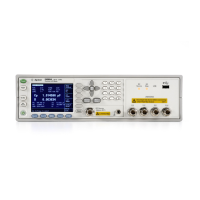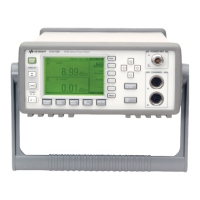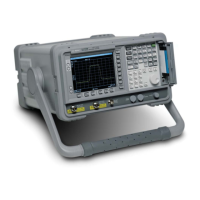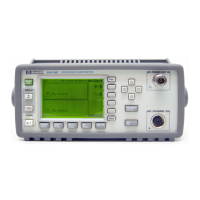E5071C
1012
1-3, 3-
1
[1-4],
[4-1]
[2-3],
[3-2]
[2-4],
[4-2]
3-4, 4-
3
[1-3],
[3-1]
[1-4],
[4-1]
[2-3],
[3-2]
[2-4],
[4-2]
[3-4],
[4-3]
In the data section in the table, the letter m (for example, 1, a) represents
the measurement data at port m; m-n (for example, 1-2, a-b) represents
the measurement data between response port m and stimulus port n. You
can omit data enclosed in brackets.
Calculating Calibration Coefficients
To calculate the calibration coefficients, use one of the following
commands:
Calibration type Command
Response, 1/2/3/4 port
:SENS{1-160}:CORR:COLL:SAVE
Simplified full 3/4 port
Simplified 3/4-port TRL
:SENS{1-160}:CORR:COLL:SIMP:SAVE
Before issuing the above commands, you must measure all required
calibration data items according to your selected
calibration type.
Calculating the calibration coefficients clears all calibration data regardless
of whether they are used for the calculation. The calibration type selection
is also cleared, which results in a state where no calibration type is
selected.
Simplified full 3-/4-port calibration
• This function is available with Firmware revision 3.50 or greater.
Note that you can execute this function from the front panel
only for Firmware revision A.06.50 or greater.
The simplified full 3-/4-port calibration acquires the calibration coefficients
while omitting a part of the thru measurement.
Notes on the simplified full 3-/4-port calibration
Compared to the normal full 3-/4-port calibration, the simplified full 3-/4-
port calibration is more sensitive to the error that may arise when
acquiring calibration data. This because the calibration coefficients are
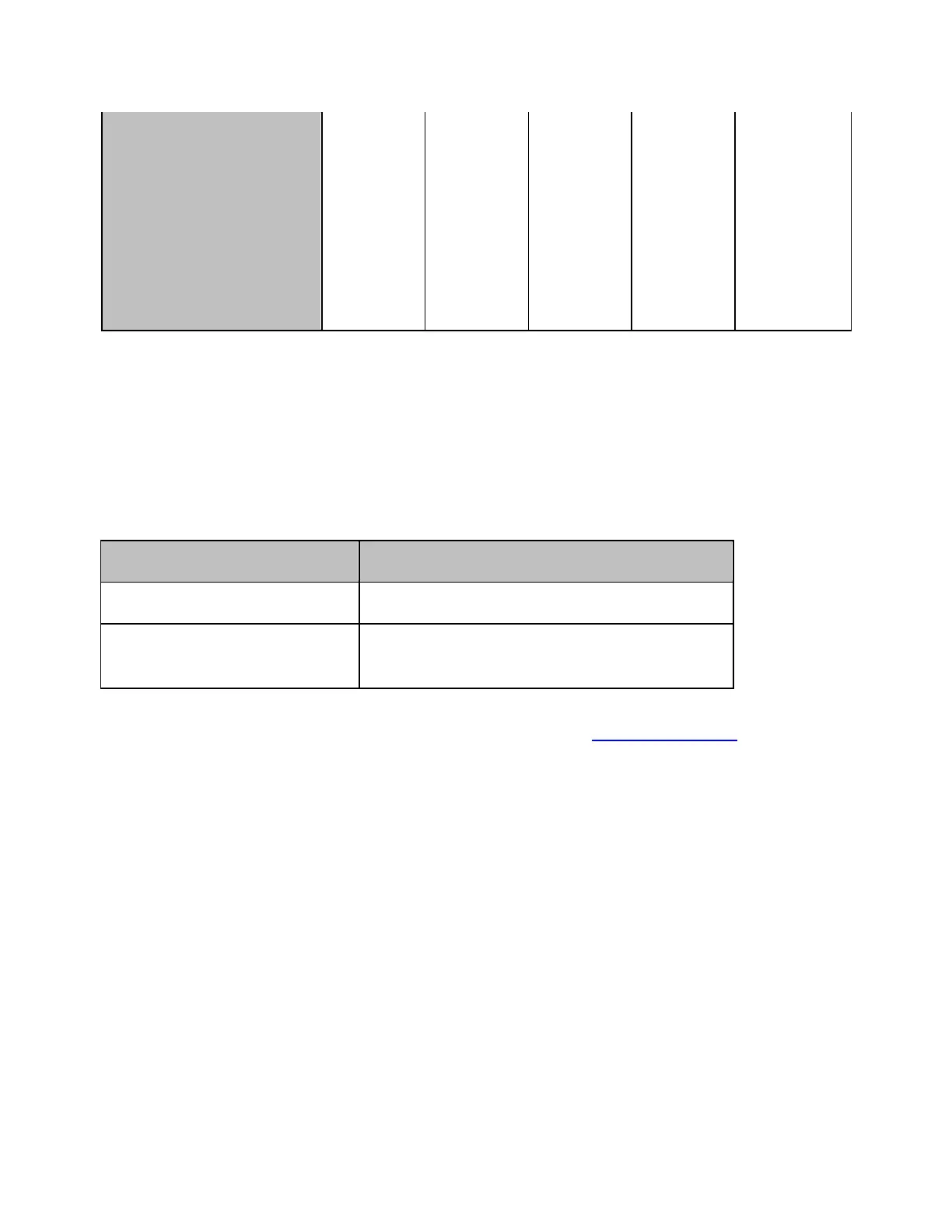